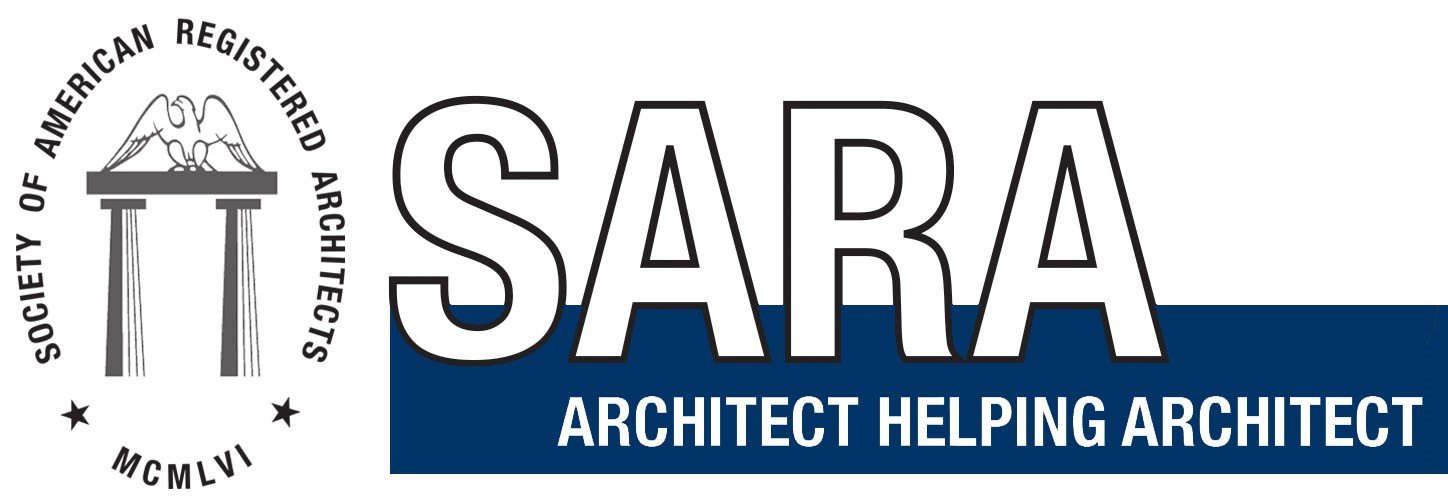2023 Advanced Florida Building Code, 8th Edition - 2 Credit Hrs/ 2HSW
EARN 2 HSW/2 Credit Hours
2024 Advanced Florida Building Code, 8th Edition - Accessibility FBC # 971.0 (2 credit hours/2 HSW Hours)
This will satisfy the Florida Advanced Building Code Course for Architects requirement. All online courses must be completed and submitted by December 31 to receive credit.
Once registered you will receive instruction to register for an online account where you will be able to complete the course.
About
As one of the codes governing construction in the State of Florida, the 2023 Florida Building Code, Accessibility, 8th Edition has been released for public viewing. Since its inception, this code has included by reference, the architectural accessibility requirements of the Americans with Disabilities Act of 1990 and was since upgraded to be in compliance with the 2010 ADA Standards and the Federal ADA Rules. But as with any set of guidelines, as real life circumstances and questions arise, portions are tweaked and content is added to answer or address situations that arose.
This course will address select changes that have been incorporated along the way, which have resulted in the most current publication of the accessibility code. Where opportunity exists for confusion, portions of the original ADA standards will be included. Commentary has also been added to help clarify why many changes were most likely implemented, to better accomplish the task of making buildings accessible for the citizens of Florida.
The goal of this course is to promote a thorough understanding of how these accessibility guidelines are to be implemented. A commitment by design professionals to do so, is the best way to make entire aspects of public life available to increasing numbers of citizens, whose enjoyment of the same has been made difficult by some level of disability.
Learning Objectives
1. An overview of relatively recent changes and additions to the Florida accessibility codes and the rationale behind such changes.
2. An understanding of the difference between accessibility guidelines as mandated for public buildings built by government entities and commercial facilities built by private individuals.
3. What is meant by the requirement for providing accessible routes between parking facilities and building points of entry.
4. When and where requirements for vertical access apply to commercial facilities.

















